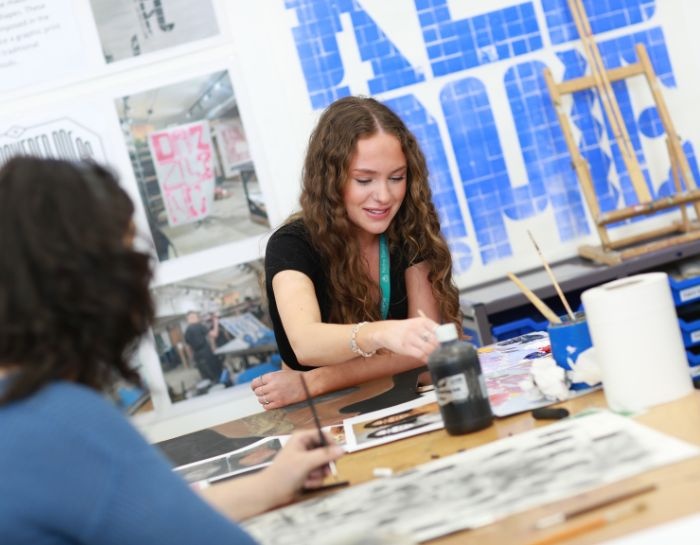
Did You Know?
In 2022 the UK creative industries were worth £126bn.
Key Information
Qualification
A-Level
Duration
Two Year Course
Examination Board
Edexcel
Reading List
"The Art Department is a very creative space and has supportive staff members who help you refine your ideas and develop them" Dorothy Doughty, Outwood Grange
Key Employability Skills | ||
| Creativity | Self Discipline | Ideation |
Qualification
A-level
Assessment
40% exam, 60% coursework
What do I need to study this course?
You will need a grade 5 in GCSE Art or Merit or Distinction on a two-year BTEC Art and Design Diploma. Students without these qualifications who wish to study Art should contact the department.
What will I study?
You will learn technical skills and study the work of other artists as a basis for your own artistic practice.
Students work in one or more areas:
- Drawing and painting
- Mixed media including collage and assemblage
- Sculpture
- Ceramics
- Installation
- Textiles.
The course is assessed through a personal investigation, which involves a work journal, a final piece, and a 15-hour exam, with accompanying sketchbook.
SCHEMES OF WORK YEAR ONE OUTLINE A-LEVEL FINE ART
We use a framework laid down by the Edexcel exam board, but will seldom or never teach the same scheme or lesson twice. We feel that the subject is constantly changing and should be taught with this in mind. Hence these schemes are subject to constant manipulation both annually and at any time during the year.
COMPONENT ONE – Personal Investigation 60% of overall mark
- Portfolio of work worth 72 marks
- Persona Investigation study 18 marks
COMPONENT TWO - Externally set assignment worth 40% of the overall grade
- Preparatory period + Supervised time 15 hours
- Externally set assignment 72 marks
- Work produced will be marked by the centre and moderated by EDEXCEL
Fine Art Coursework portfolio (Sept – Jan)
The teaching of the first term’s work for Year one students takes into consideration the fact that students have attended a large number of schools, experiencing very diverse GCSE courses. This initially acts as an opportunity to give students a taste of many practical and conceptual approaches to the subject, as well as a wide range of artists and craftspeople.
Areas of study – students are required to work in one or more areas.
- Drawing and painting
- Mixed media including collage and assemblage
- Sculpture
- Textiles
- Installation
- Printmaking
- Photography
- Digital
What next?
Notre Dame students have gone on to study at some of the most prestigious institutions in the country, including the Royal College of Art, and Russell Group universities. Degrees include:
- Art foundation courses
- Art
- Architecture
- Graphic Design
- Textiles
- Fashion Marketing
- Photography

 Website By Rejuvenate Digital
Website By Rejuvenate Digital